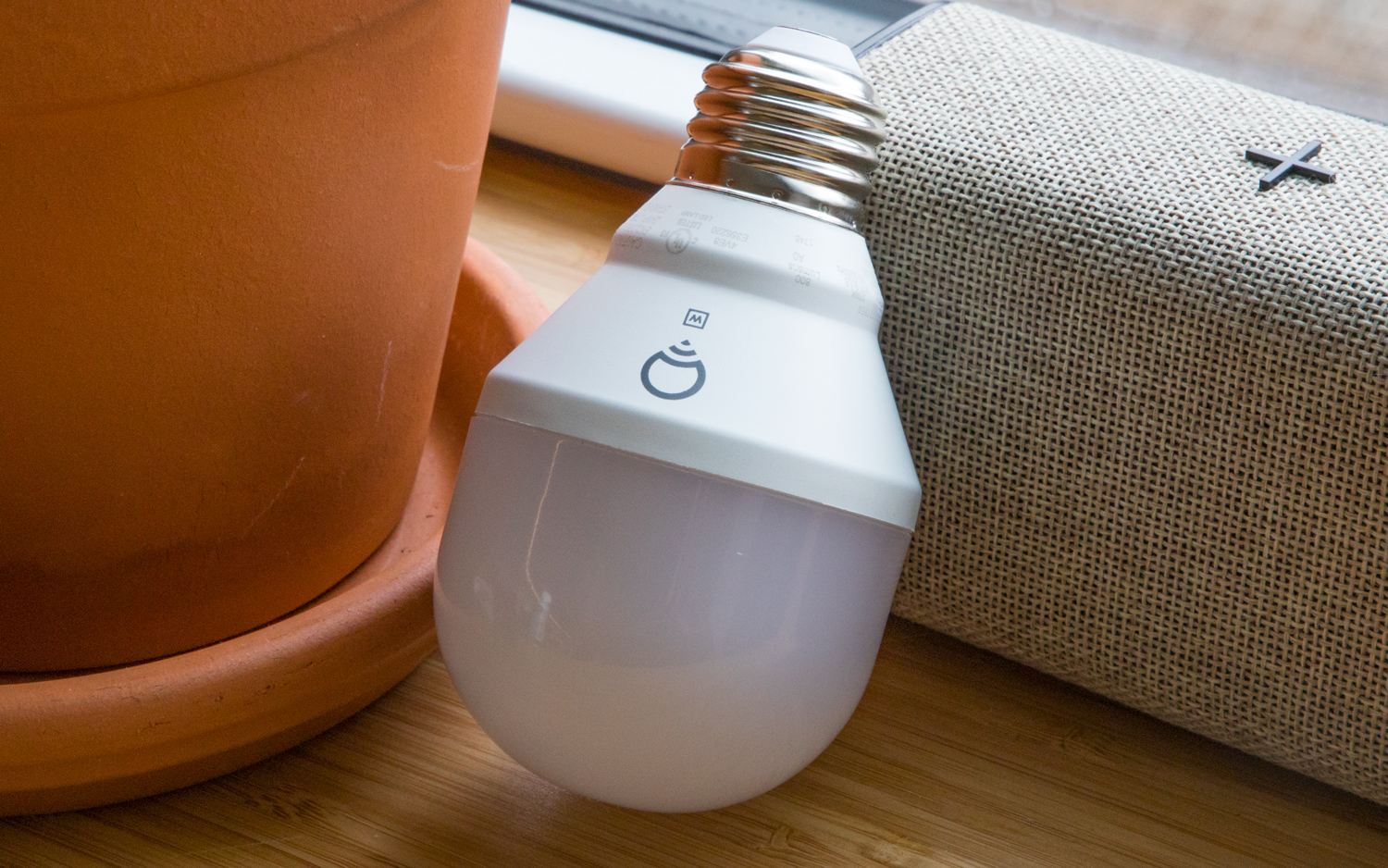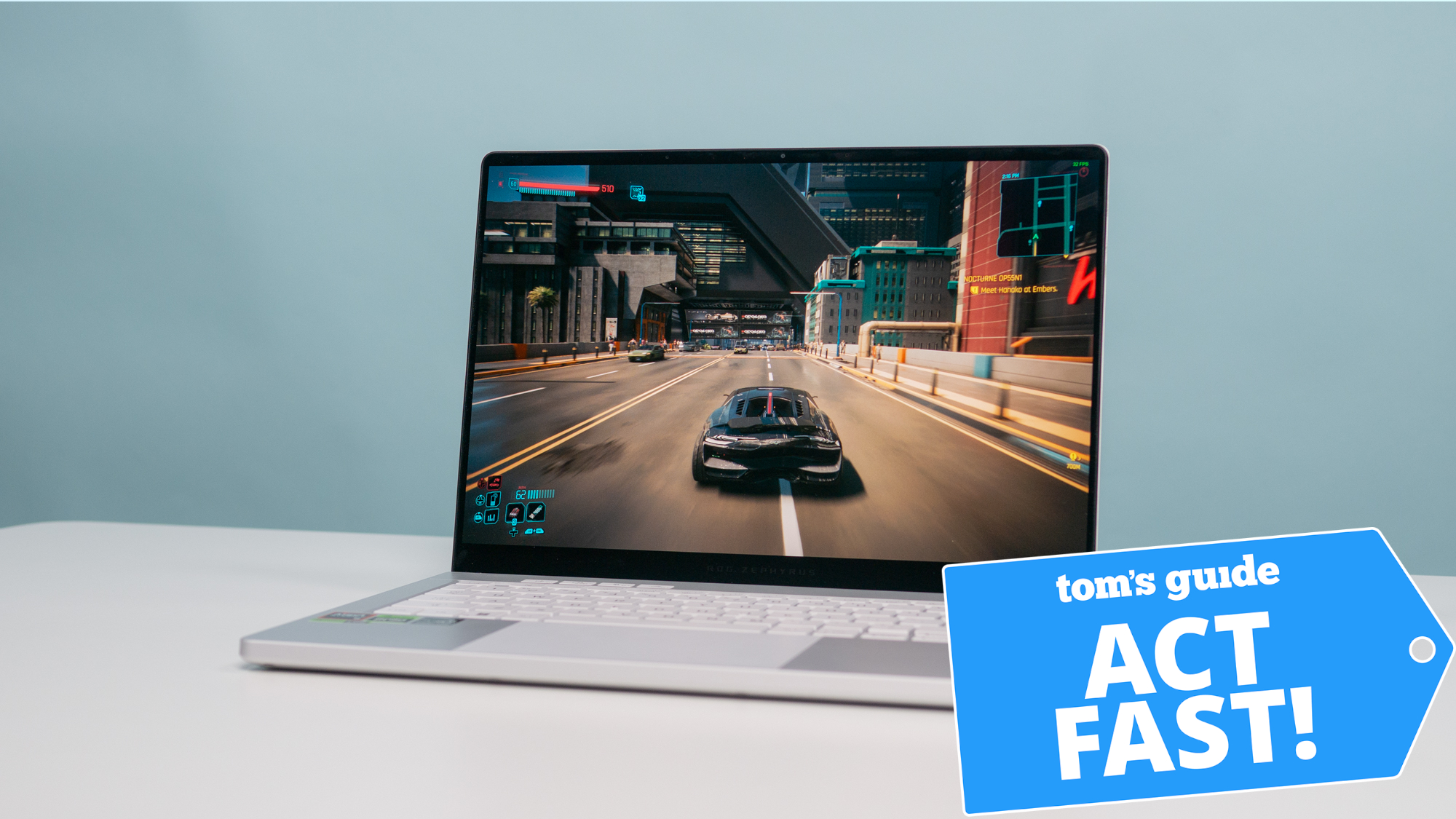Tom's Guide Verdict
Lifx's mini bulbs are difficult to set up, but they're easy to integrate into a smart home once they're up and running.
Pros
- +
No hub required
- +
Works with Amazon Alexa, Google Assistant, Apple HomeKit and more
- +
Includes many smart features
- +
Fits in small lamps
Cons
- -
Expensive
- -
Difficult to set up
Why you can trust Tom's Guide
One of the inconveniences of smart bulbs is that they're usually heavier than regular bulbs, and thus often don't fit in smaller lamps and light fixtures.
Enter the Lifx Mini and Lifx Mini Color bulbs, which look adorable and, at only 2.2 inches long, fit in a variety of desk lamps or other small fixtures. At $24.99 and $44.99, respectively, they're slightly pricey, but they're a bright and versatile option for smart-home owners, especially HomeKit fans.
They're among the best HomeKit devices and best smart light bulbs you can get.
Lifx bulbs are one of the best Alexa compatible devices, best Google Home devices and best cheap smart home devices overall, too, and this Lifx Mini review explains why.
Lifx Mini: Design and set up
Lifx's mini bulbs are egg-sized, and significantly smaller and lighter than Lifx's larger, full-size A19 smart bulbs. Because they're so small, they may look a bit strange in larger fixtures, but they should be fine in any desk lamp or table lamp.
A huge plus is that the Lifx Mini bulbs are Wi-Fi-enabled, meaning they connect directly to your network without requiring a smart-home hub as Sengled's Element bulbs and Philips' Hue bulbs do. However, connecting them to my network was a difficult task.
Both bulbs' instructions told me that if I screwed in the bulb, turned the light on and downloaded the Lifx app (for Android and iOS), the bulb would connect to my phone automatically. For both bulbs, this process was not nearly as simple, and took upward of 15 minutes. My phone tried two to three times to find each one before returning error messages. The app found the Mini Color on its third try after I'd turned the bulb on and off dozens of times — something I wouldn't have known to do if I hadn't set up a Wi-Fi bulb before.
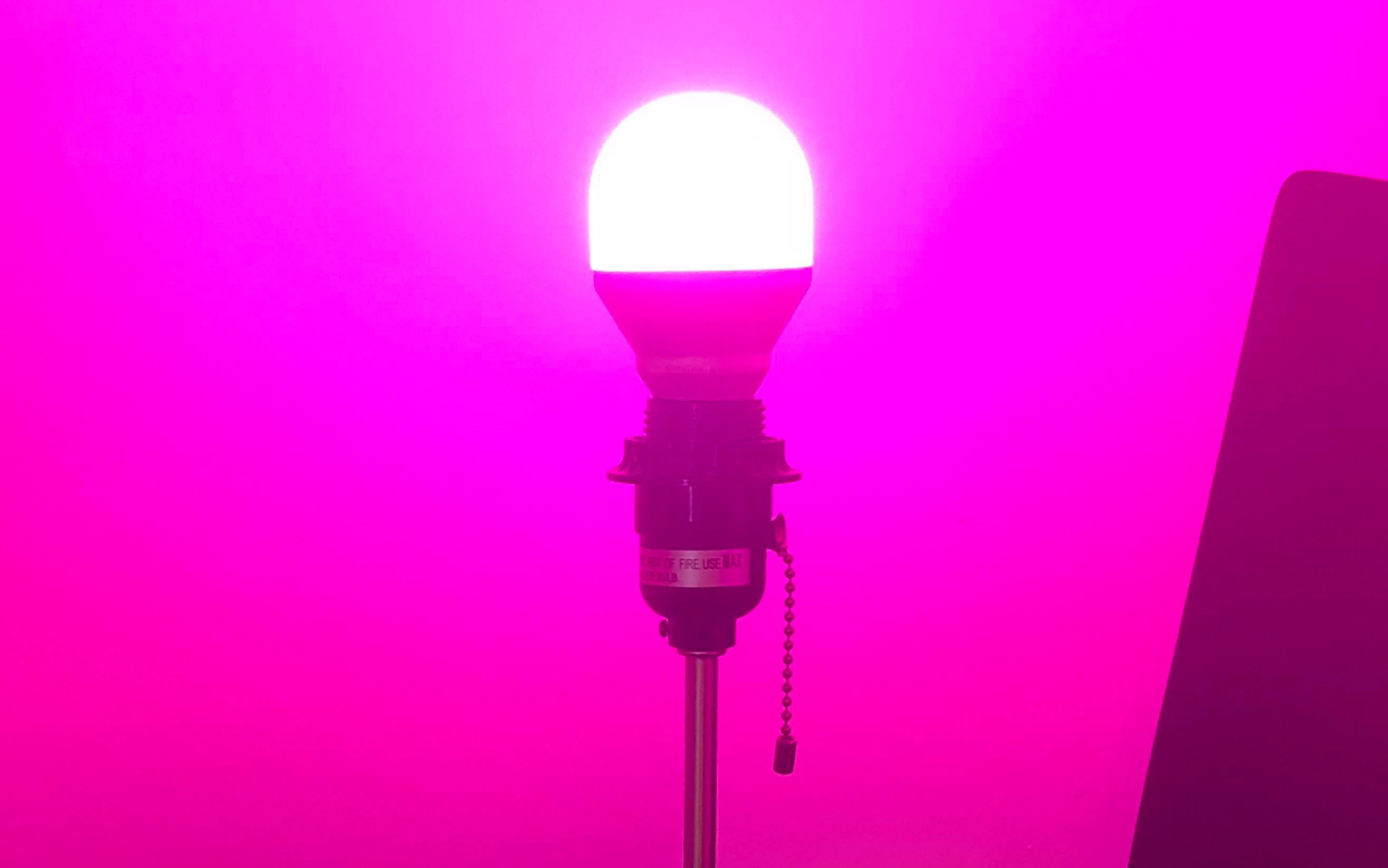
Even then, I had to wait over 5 minutes for the app to find my bulb. I had even worse issues with the Mini White; I ended up having to enable the bulb in my Wi-Fi settings and fiddle with my phone's network before I could get it set up. These were, again, things I knew to do because of my experience in setting up a smart home, but not things I would have figured out how to do from the generic error messages I received in the app.
MORE: Light Bulb Guide
Fortunately, once the bulbs were linked to my phone, integrating them with other smart-home ecosystems was a breeze. Apple HomeKit integration happens right in the Lifx app and only requires scanning a code that comes with the bulbs, whereas both Amazon Alexa and Google Assistant found the device right away. It's one of the best Google Home compatible devices and best Alexa compatible devices, meaning you can use your voice to control them once they're paired.
You can also easily sync the device with almost any smart-home ecosystem you can name, including Nest, Samsung SmartThings, Logitech Harmony, IFTTT, Xfinity, Flic, Yeti, Yonomi and even Microsoft Cortana.
Lifx Mini: App
The Lifx app controls all of Lifx's smart bulbs. It's easy to navigate and packed with features.
You can easily create schedules for when the lights will turn on and off, and select the brightness, color and fade duration for each. There are also a number of preset scenes, which you can customize, combining both the white and colored bulbs.
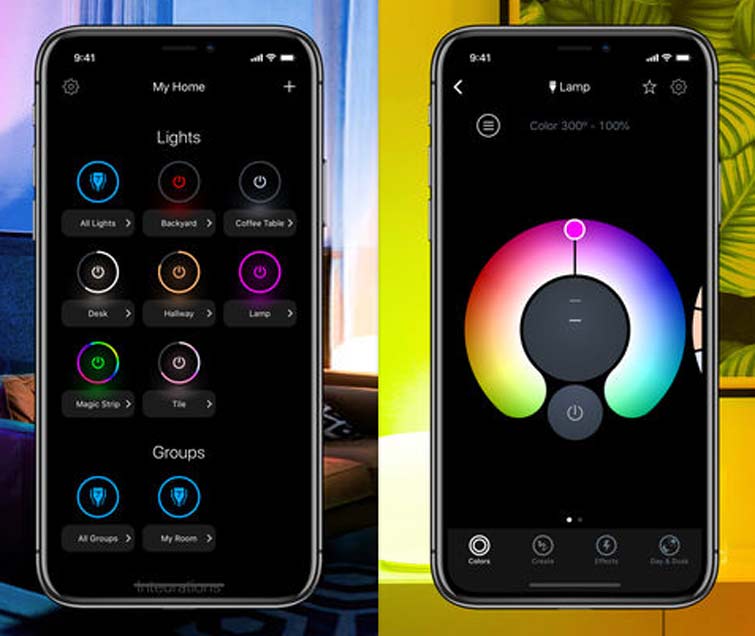
The app also sports a number of very cool lighting effects. In addition to turning the lights on and off in the Lifx app, you can set them to flicker like a candle, rotate through pastel colors, flicker out for a spooky effect, strobe and, my personal favorite, pulse and change color with the beat of your music.
And given that the bulbs work with any smart-home ecosystem, you can easily incorporate them into your routines and scenes. If the Lifx app doesn't have an advanced feature you want, you can connect your bulbs to another app that probably does. The Nest app, for example, has a Home/Away Assist feature that can turn the light on or off when certain people come and go.
Lifx Mini: Bulb value
The Mini White is $24.99, which puts it among the least expensive of Lifx's bulbs. The Mini Color is more expensive, at $44.99.
These bulbs are a bit pricier than some competing bulbs, but, they're still not quite as expensive as the category leading Philips Hue lights.
Sengled's $10 Element Classic A19 and $30 Element Color Plus A19 are more affordable, but both require a smart-home hub, which can be a lot more expensive if you don't already have it, and they aren't compatible with HomeKit.
MORE: Smart Home Guide
TP-Link's Smart Bulb, which doesn't require a hub, is only $19.94, and the company's Multicolor A19 is $34.98. Or, you can get Sylvania's Smart+ZigBee Full Color A19 for $27.93. None of these bulbs, however, are HomeKit-compatible, and you won't find quite as many features as you will in the Lifx app. For example, TP-Link's Kasa app offers four scenes, while Lifx offers nine scenes and seven effects.And even apps like HomeKit and Nest don't have any effects as fun as the Music Visualizer or the Strobe.
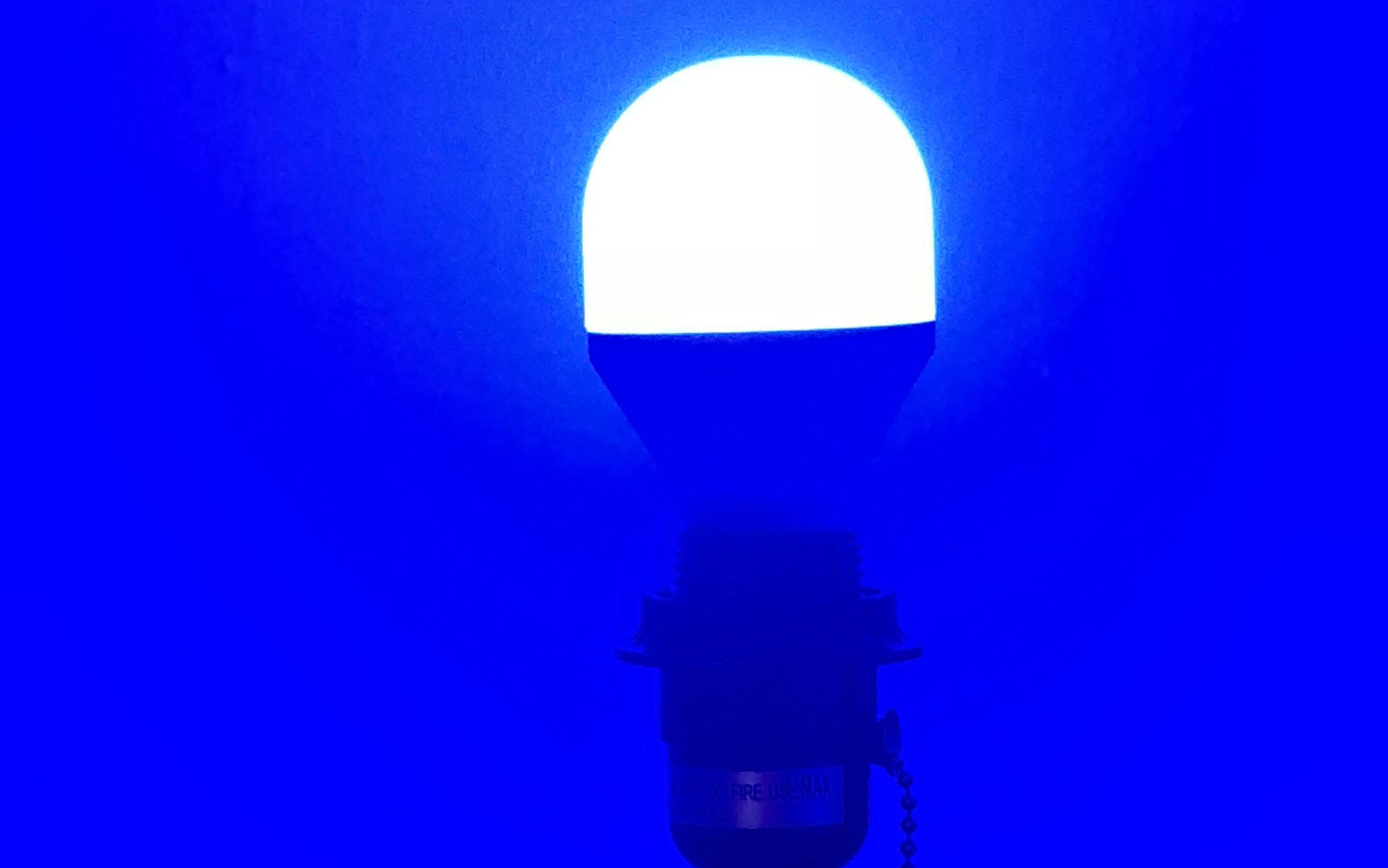
For veteran smart-home owners who value HomeKit integration, the price increase may be worth it. But first-time smart-bulb buyers who are happy with Alexa or Google Assistant may want something cheaper.
Lifx Mini: Verdict
The Lifx Mini bulbs are a good option for smart-home owners who have experience setting up smart bulbs and have other smart-home devices installed. The bulbs are easy to integrate with HomeKit, Alexa and Google Assistant, but they're difficult to set up. Once you have them set up, however, Lifx's Mini bulbs are bright, offer vivid colors and use an app that's very easy to control. In particular, they’re a great option for lamps and smaller light fixtures that can’t accommodate bulkier smart bulbs.
Monica Chin is a writer at The Verge, covering computers. Previously, she was a staff writer for Tom's Guide, where she wrote about everything from artificial intelligence to social media and the internet of things to. She had a particular focus on smart home, reviewing multiple devices. In her downtime, you can usually find her at poetry slams, attempting to exercise, or yelling at people on Twitter.
